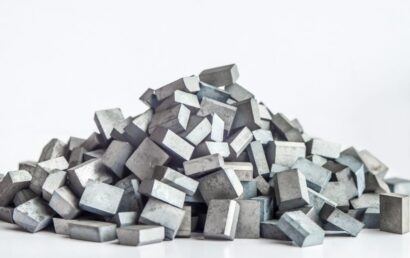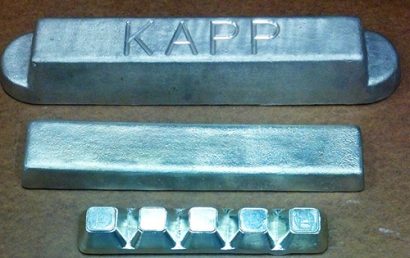7 Coating Materials Used In Mining
A coating is the top layer of material. It helps protect the underlying material from wear, corrosion, and other environmental stresses. Coatings in mining help extend equipment life and reduce maintenance costs. These materials also play a key role in stabilizing unstable slopes, which may cause landslides during rainstorms if no measures are taken to prevent them from collapsing at any point in time. Not only this, but such products also act as a barrier between two dissimilar surfaces like soil/rock, etc., so that they do not mix due to movement caused by wind, etc., when they come into contact with each other. In this article, we’ll introduce you to common coating materials in mining as well as their benefits and limitations:
Thermal Spray Powders
Thermal spray powders are a great option for coating the inside of pipes or other equipment. The thermal spray gun applies a layer of powder to the inner surface of your pipe, which helps prevent corrosion and other problems from developing in that area. In fact, many people use this method as a quick and easy way of applying an anti-corrosive coating for their entire mining operation – from drill bits to pumps and everything in between!
Thermal Spray Flexicords
Thermal spray flexicords are made of tungsten carbide (WC) or diamond-like carbon (DLC). They are used to make flexible joints in high-temperature environments, such as when directing thermal energy from a laser onto a workpiece. The thin wire of the flexicord can be bent by hand without breaking, then heated up to its melting point and welded into place.
Rokide® Thermal Spray Rods
Rokide® rods are made from a proprietary high-performance nickel alloy. The rods have been developed to be used in thermal spray applications and have a high strength-to-weight ratio. Rokide® rods come in several diameters and lengths. They can be supplied with or without an electroplated copper coating or as bare Rods where you supply the coating yourself.
Rocdur Thermal Spray Materials
The RocDur thermal spray materials are used in mining equipment, aerospace, automotive industries, and many others. The RocDur thermal spray materials can be applied to a variety of surfaces, including metals, plastics, rubber and ceramics.
Hardkarb Tungsten Carbide Thermal Spray Materials
HardKarb tungsten carbide thermal spray materials are created by applying a tungsten carbide coating to a metal substrate. Tungsten carbide is a hard, high-temperature ceramic used in applications where extreme temperatures are present. Tungsten carbide can withstand temperatures up to 3,000 degrees Fahrenheit, so it’s an excellent choice for coating drill bits and other tools used in mining operations.
Tuf-Cote® Tungsten Carbide Thermal Spray Materials For Brazing
Tuf-Cote® is a tungsten carbide thermal spray coating that can be used to prevent the adhesion of molten materials to brazing surfaces. It is applied by thermal spraying, which involves directing an abrasive stream of particles onto a substrate material. The sprayed particles fuse and build up in thickness until a layer is formed; this process occurs at high temperatures, approximately 2200°F (1200°C).
Bond Coat Materials
Bond coat materials are sprayed on the substrate before thermal spraying to improve the bond between the substrate and subsequent coating. The coatings can be applied in many different ways depending on your application requirements, including:
- Dry powder application – powders are mixed with solvents and applied as paint-like layers. These types of coatings have high hardness but low elasticity and chemical resistance.
- Spray application – used to apply liquid or pasty coatings onto a surface heated by an infrared heater or induction heater (which uses magnetic fields). These bonding systems offer greater flexibility than dry powders due to their ability to change their properties depending on temperature changes during processing, making them ideal for applications such as automotive manufacturing, where heat cycles are common.
Conclusion
In conclusion, we hope that you understand the different coating materials used in the mining industry better. There are many options, so it’s important to consider which one will work best for your application before deciding on a final choice.


